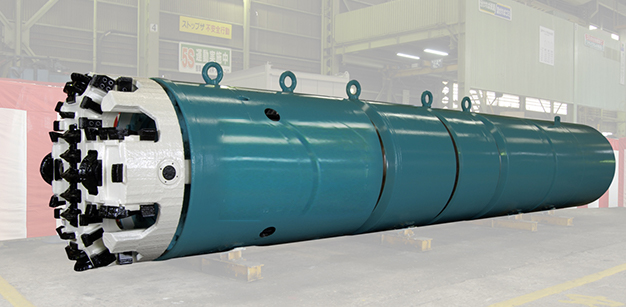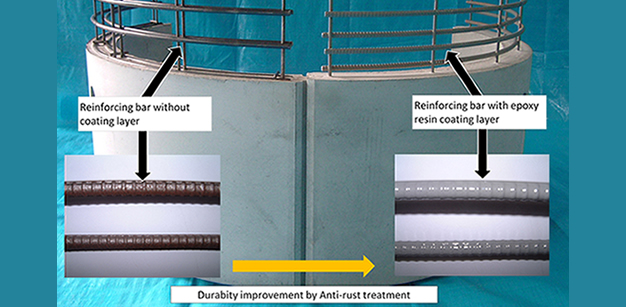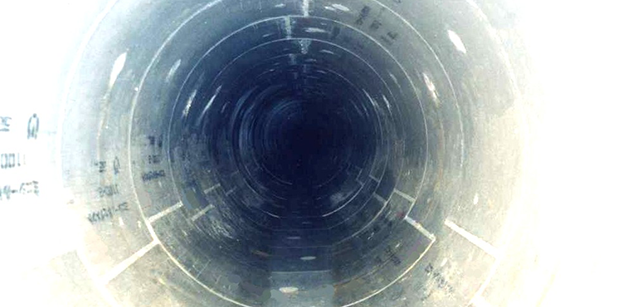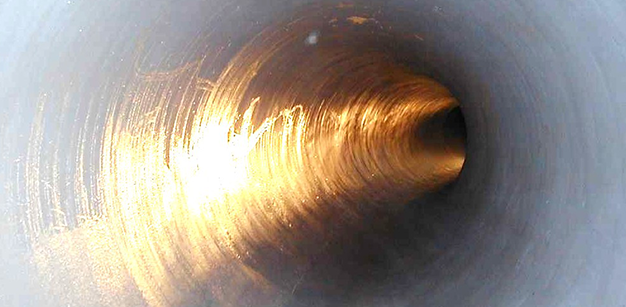Kubota Mini Shield Tunneling Method
Shield tunneling method for small diameters using trisection segments
Kubota Mini Shield Tunneling Method is a pioneering method for small-diameter shield tunneling that significantly reduces the cost of trenchless piping applied for sewerage, etc. The history of this method dates back to 1972, when William F. Rees, Ltd. of the United Kingdom introduced the "mini tunnel construction method" technology. Since then, it has been recognized as a construction method for small diameter tunnels with diameters of 2 m or less.Our tunneling machine started from the open-face hand-digging type for φ900 to 2,000. Then, it was mechanized to introduce Load Header and TBM type to deal with soft to hard rock for φ1,200 to 2,000. Now, Closed-face Mud Pressure type is the mainstream to flexibly deal with a wide range of soil for φ1,000 to 2,000.
The reinforced concrete segments used in Kubota Mini Shield Tunneling Method are a division into three equal parts, which is geometrically stable. They have adopted boltless butt joints and have eliminated the process of secondary concrete lining. The Japan Sewage Works Association Class I Standard "Reinforced concrete segments for the sewerage mini shield method" JSWAS A-7 was established in 1992 and the current standard specification is to coat the reinforcing steel bars with epoxy resin. In addition, as a measure against the causes of corrosion of concrete pipelines by hydrogen sulfide generated in sewer pipes, we have a lineup of "Segments using corrosion-resistant (antibacterial) concrete (Japan Sewage Works Association Class II Standard Product)." These products can suppress corrosive environments and contribute to reduced life cycle costs by improving the durability of the pipeline. Furthermore, we are constantly introducing the latest technology. For example, we have developed the "segments to deal with internal pressure" as part of the measures against large-scale flooding caused by the frequent torrential rains in recent years.
As of December 2025, the cumulative total length constructed has exceeded 590,000m.
The maximum construction length of one span of φ1,000 is 2,340 m.
Features
Mud pressure type mini shield machine

Epoxy resin coated reinforcement

Finished construction (underground)

After completion (sharp curved section underground)


